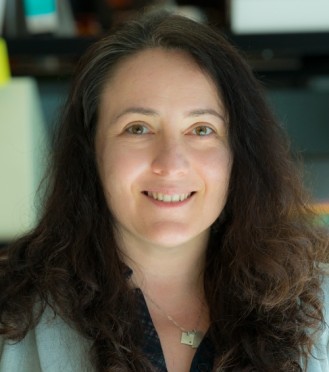Gladstone NOW: The Campaign Join Us on the Journey✕
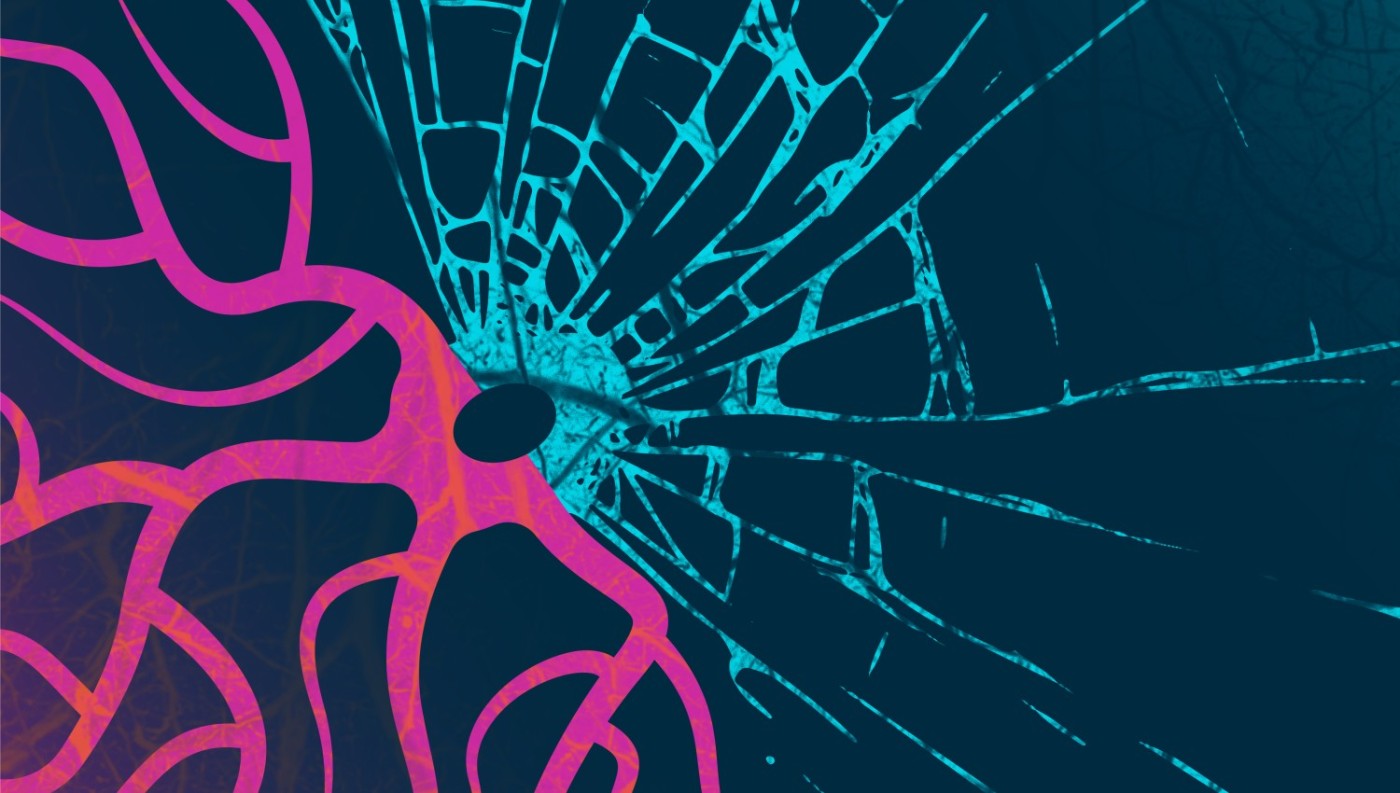
Scientists at Gladstone make headway toward new treatments for people with chronic long-term effects of traumatic brain injury.
“Anyone can experience a traumatic brain or spinal cord injury,” says Jeanne Paz, PhD, associate investigator at Gladstone Institutes. “It happens to tens of millions of people around the world each year.”
It is a sobering thought, but one that fuels Paz’s work every day. Her colleagues share the feeling.
“We could all just be one moment, one accident away from a major brain or spinal cord injury,” says Lana Zholudeva, PhD, a postdoctoral scholar at Gladstone in the lab of Deepak Srivastava, MD.
While people often recover from these injuries, they may still face long-term, life-altering impacts on their cognitive and physical function.
“In many cases, despite decades of research, there is no known way to prevent these long-term complications,” Paz says.
That’s why she, Zholudeva, and other researchers at Gladstone are studying—in deep molecular detail—what happens in the brain and spinal cord after injury, in hopes their discoveries could lead to new strategies to prevent and treat debilitating chronic effects.
Staving Off Seizures and Sleep Problems
Traumatic brain injuries range from very mild, such as a small concussion after a fall, to very serious, such as a bullet tearing through the brain. After injury, people might seem to fully recover. But, months or even years down the line, they may begin to experience sleep problems or epileptic seizures.
“These issues are widespread among people who recover from brain injuries, and they profoundly affect their day-to-day life,” says Paz. “But we don’t know exactly why they happen, and we don’t know yet how to predict or prevent them.”
Paz and her research team study mouse models to explore what happens in the brain in the time period between injury and the later development of long-term complications. Their goal is to find reliable ways to predict which patients are at risk for these effects and, ultimately, prevent them.
“In our dream scenario, a person with a brain injury could receive a treatment at just the right time, and they would recover fully and never develop epilepsy or sleep disturbances.”
In a breakthrough discovery in 2021, the team identified a new role for a protein known as C1q. C1q is an essential player in the immune system’s initial reaction to traumatic brain injury, which is vital for recovery. However, they found in mice that C1q levels later remain abnormally high in a part of the brain called the thalamus, and that these chronically elevated C1q levels are associated with disrupted brain activity.
“This means that C1q may be a powerful drug target for preventing long-term complications such as epilepsy and sleep problems,” Paz says. “But it’s very tricky because we don’t want to disrupt the important role of C1q in the initial recovery period after the injury.”
So, in collaboration with a biopharmaceutical company, the researchers studied an antibody that blocks the activity of C1q. They found that giving this antibody to mice in a precise time window—after the initial immune response—prevented the later emergence of brain activity associated with sleep problems and epilepsy.
Perhaps, the findings suggest, a similar treatment could work in humans. Since the same antibody is already being tested in clinical trials for people with other diseases involving C1q, trials for people with traumatic brain injuries could be just around the corner.
“In our dream scenario, a person with a brain injury could receive a treatment at just the right time, say, a few days after the injury, and they would recover fully and never develop epilepsy or sleep disturbances,” Paz says.
Seeing What C1q Can Do
To gain further insights into new treatment possibilities, Paz’s team is now working out the specifics of C1q’s role in traumatic brain injury.
Multiple types of cells can produce C1q, but evidence suggests that immune cells in the brain known as microglia may be the primary producers of harmful C1q after injury.
“In a healthy brain, we know that microglia play the very important role of removing unnecessary connections between neurons,” says Deanna Necula, a graduate student in Paz’s lab. “We hypothesize that, after brain injury, C1q and microglia work in tandem to eat away connections they shouldn’t be trimming, resulting in epilepsy and sleep problems.”
To explore this possibility, Necula is experimenting with mice bred so that the production of C1q by microglia can be specifically turned off at a chosen time point. This approach could help pin down the distinct role of C1q in microglia after brain injury.
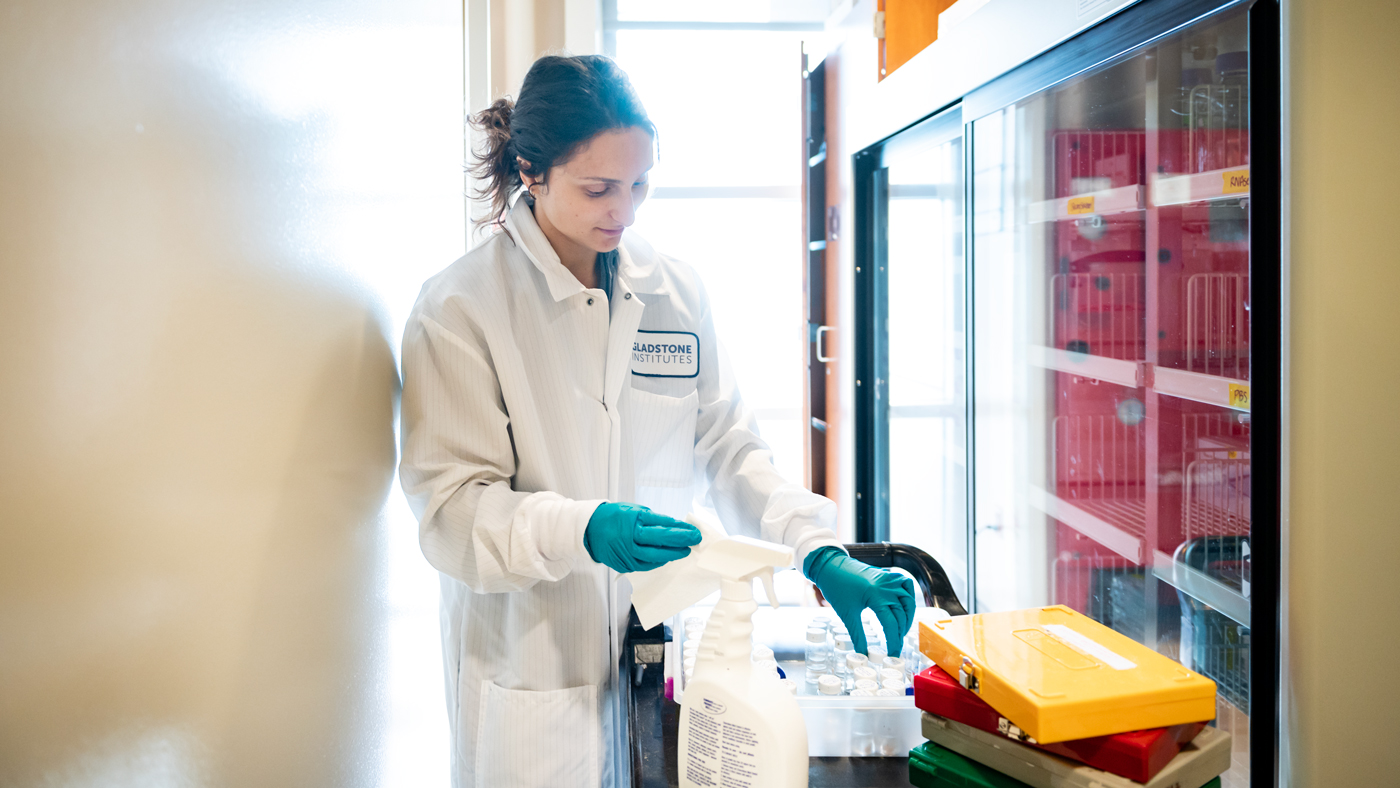
Necula is studying the role of the protein C1q in the brain's immune cells to see how it might contribute to long-term effects of traumatic brain injury, such as epilepsy and sleep problems.
The team is also studying the many other proteins whose activity is affected by C1q. Through these proteins, C1q has broad downstream impacts, which implies that drugs targeting C1q could potentially have unwanted side effects.
“We would like to identify a downstream protein with a narrower role that we could target instead of C1q, and still get the same level of protection,” Necula says.
Paz’s team has already found such a promising protein. It is called C4B and is elevated after injury. They are now testing a molecule that blocks C4B activity in mice to see if it has similar effects as the C1q antibody.
“When I was young, one of my cousins experienced a very severe brain injury, and 10 years later, he developed epilepsy and sleep deficits, along with the depression and anxiety that can follow,” Paz says. “Drugs that prevent this could be life-changing for so many families.”
Looking Beyond C1q
Paz and her team are also looking far beyond C1q to shed new light on the long-term impacts of traumatic brain injury.
Last year, for instance, they found evidence that boosting levels of a protein called GAT3 in certain cells in the thalamus reduced seizure risk in mice with brain injuries, providing a new target that can be explored in humans.
In parallel, the team is following up on studies that have linked male gender to higher risk of chronic epilepsy and female gender to higher risk of insomnia, perhaps stemming from the effects of different hormones or sex chromosomes on immune cells.
“The challenge is that human data is very complex, and it can be difficult to disentangle biological sex differences from social factors that affect injury outcomes,” says Audrey Magsig, a graduate student in Paz’s lab. “Studying mice can help tease out biological effects, but nearly all research on traumatic brain injury has used only male mice by default.”
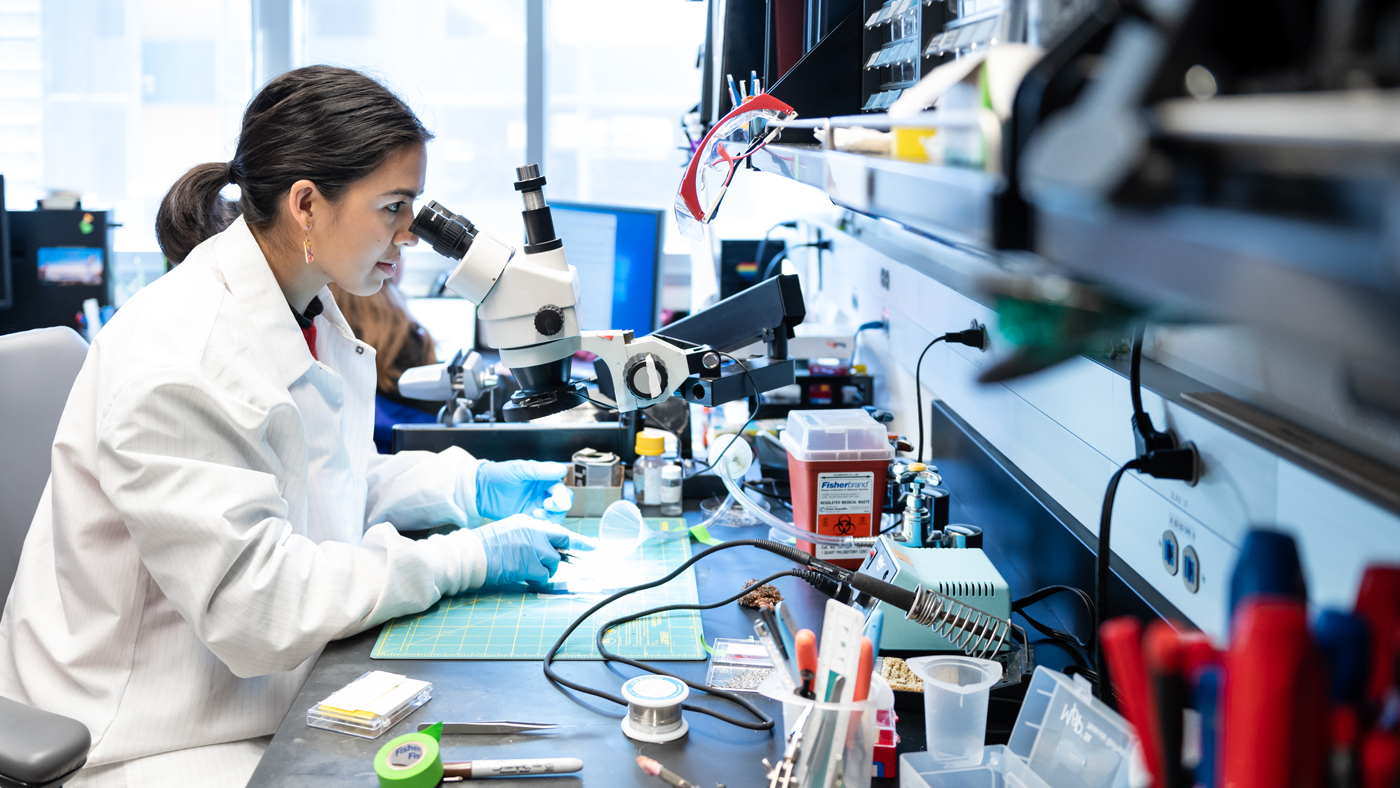
Magsig studies different combinations of sex chromosomes and hormones to determine what might affect a person's risk for epilepsy and other complications of traumatic brain injury.
Magsig is now conducting experiments using mice with various combinations of sex chromosomes and hormones to see how they impact the way brain immune cells react to injury.
“The long-term goal is to understand how each patient’s distinct combination of sex chromosomes and hormones affects their risk for epilepsy and other long-term problems,” Magsig says. “This knowledge could enable far more personalized and inclusive care.”
Blood Leaks in Brain Injuries
In another Gladstone lab, Senior Investigator Katerina Akassoglou, PhD, is offering a new perspective on traumatic brain injury. Her team’s work is focused on blood leaks in the brain, which occur in anyone with a traumatic brain injury—big or small.
“Blood leaks are a common thread among many other brain diseases as well, such as multiple sclerosis and Alzheimer’s disease,” says Akassoglou, who is also director of the Gladstone-UCSF Center of Neurovascular Brain Immunology. “We now know that blood leaks in the brain are not just a consequence of injury or disease, but instead are important disease drivers.”
“For the first time, we have a drug to neutralize blood toxicity and protect the brain from pathogenic inflammation and neuron loss."
Akassoglou’s research team discovered that blood clotting proteins are toxic when they enter the brain in neurological diseases because they induce inflammation and inhibit repair. They showed that in neurodegenerative diseases—including multiple sclerosis and Alzheimer’s disease—the blood-clotting protein fibrin leaks through the blood-brain barrier into the brain. There, it hijacks receptors on nervous system cells and can activate microglia, triggering inflammation and, eventually, nerve damage.
With this knowledge, Akassoglou invented an antibody drug to neutralize blood toxicity in the brain. This first-in-class immunotherapy targets fibrin and prevents it from activating immune cells, but doesn’t impair its beneficial blood clotting function. In mouse models of Alzheimer’s disease, the antibody prevents neurodegeneration, even when administered after mice have already developed accumulations of amyloid proteins in the brain, a hallmark of disease. Similarly, in a mouse model of multiple sclerosis, the fibrin antibody prevented paralysis, nerve damage, and inflammation.
In mice with wounds to the brain, fibrin causes inflammation, as well as excess formation of scar tissue, which can inhibit post-injury brain repair.
“We are now planning to target fibrin in different mouse models of traumatic brain injury to see if it can prevent acute and chronic outcomes,” says Jae Kyu Ryu, PhD, scientific project leader in Akassoglou’s lab.
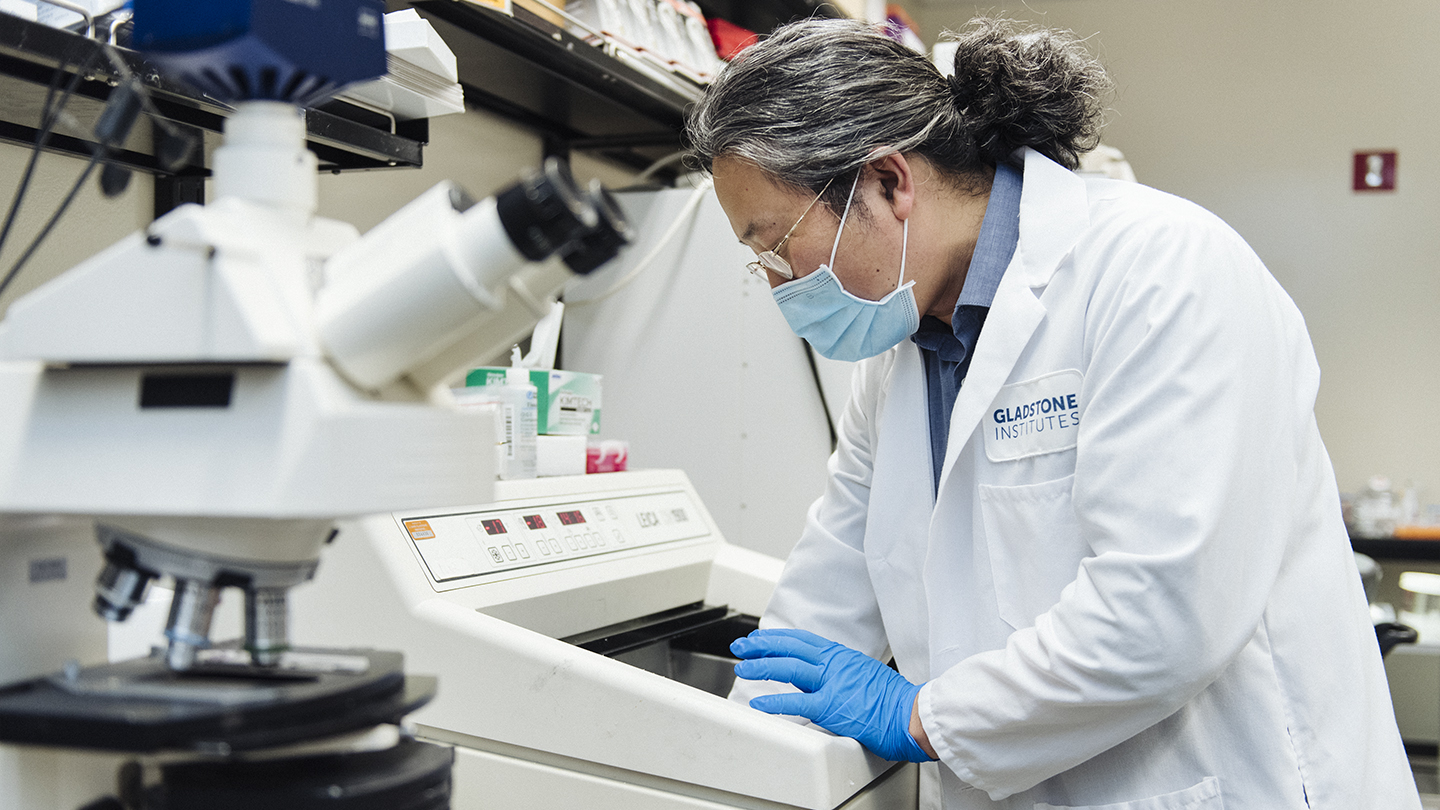
Ryu is targeting a blood-clotting protein in the brain to see if it can help prevent chronic outcomes of traumatic brain injury.
Akassoglou also founded a start-up company called Therini Bio (previously Medared) for the clinical development of the fibrin antibody. Therini Bio has developed an optimized therapeutic antibody appropriate for human use that attenuates fibrin-induced inflammation without affecting critical clotting functions.
“For the first time, we have a drug to neutralize blood toxicity and protect the brain from pathogenic inflammation and neuron loss,” says Akassoglou. “The antibody could be tested for potential benefits in people with brain injuries and other brain diseases.”
Engineering Stem Cells for Spinal Cord Injury
Traumatic brain injuries often occur alongside injuries to other parts of the central nervous system, in particular, the spinal cord.
“Spinal cord injuries can result in so many different complications,” says Zholudeva. “For example, a person might lose bowel and bladder control or sexual function, or might develop hypersensitivity and feel pain to something as simple as wearing a t-shirt, which may feel like 1,000 knives are stabbing you.”
Zholudeva is working on strategies to repair spinal cord injuries and restore healthy function. A few years ago, she identified a particular group of neurons in mice that seem to help the central nervous system adapt in helpful ways after spinal cord injury and aid recovery of breathing function. She was able to grow this type of neuron from embryonic mouse cells, and when implanted into injured spinal cords, the cells aided breathing recovery.
“What sets Gladstone apart is that everyone here is constantly thinking about how to leverage their discoveries into real cures for real people.”
Now, she has created a method for growing the same type of neuron from human induced pluripotent stem cells and is using these neurons to repair the injured spinal cord in rats.
“To our amazement, these human-derived cells survive in the rat spinal cord and form functional connections that help improve recovery,” Zholudeva says. “By focusing on cell types, we know are helpful in the natural repair process, we hope to speed progress toward stem cell–based treatments for people with spinal cord injuries.”
And, because the brain and spinal cord respond very similarly to injuries, Zholudeva’s discoveries may also one day inform new treatments for traumatic brain injuries or stroke.
Through this work, Zholudeva has become close friends with many people who have life-changing spinal cord injuries, and feels inspired by incredible advocates like Roman Reed and Stu Gordon, who have been supporting the spinal cord injury program at Gladstone.
“It’s an incredible community that constantly helps me focus and move my projects forward,” she says. “And I’m not alone in finding motivation from individuals with injuries. Most research labs are focused on discovery, but I think what sets Gladstone apart is that everyone here is constantly thinking about how to leverage their discoveries into real cures for real people.”
Featured Experts
Support Discovery Science
Your gift to Gladstone will allow our researchers to pursue high-quality science, focus on disease, and train the next generation of scientific thought leaders.
Gladstone’s Scientific Highlights of 2025
Gladstone’s Scientific Highlights of 2025
From fundamental insights to translational advances, here’s how Gladstone researchers moved science forward in 2025.
Gladstone Experts Alzheimer’s Disease Autoimmune Diseases COVID-19 Neurological Disease Genomic Immunology Cardiovascular Disease Data Science and Biotechnology Infectious Disease Conklin LabScience in Seconds | Researchers Pinpoint Key Gene Behind Heart Defects in Down Syndrome
Science in Seconds | Researchers Pinpoint Key Gene Behind Heart Defects in Down Syndrome
In this video, Gladstone scientists share how they used stem cells, gene editing, and AI to identify a gene driving heart defects in Down syndrome—and how reducing its levels in mice restored normal heart development, offering hope for future treatments
Gladstone Experts Cardiovascular Disease Data Science and Biotechnology Pollard Lab Srivastava Lab AI Big Data CRISPR/Gene Editing Human Genetics Stem Cells/iPSCsScience in Seconds | The Thinking Microscope: Research Powered by an AI Brain
Science in Seconds | The Thinking Microscope: Research Powered by an AI Brain
In this video, Steve Finkbeiner and Jeremy Linsley showcase Gladstone’s groundbreaking “thinking microscope”—an AI-powered system that can design, conduct, and analyze experiments autonomously to uncover new insights into diseases like Alzheimer’s, Parkinson’s, and ALS.
Gladstone Experts ALS Alzheimer’s Disease Parkinson’s Disease Neurological Disease Finkbeiner Lab AI Big Data


